Whistle Clean Office Cleaning & Commercial Cleaning is an office cleaning company that has been serving Melbourne and it's surrounding suburbs for well over 10 years.



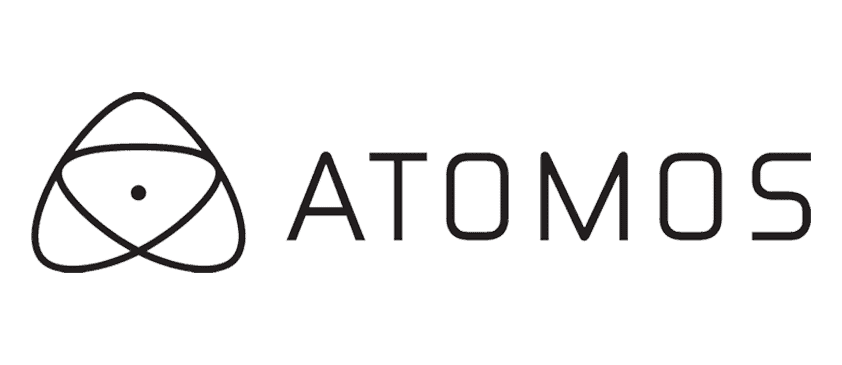
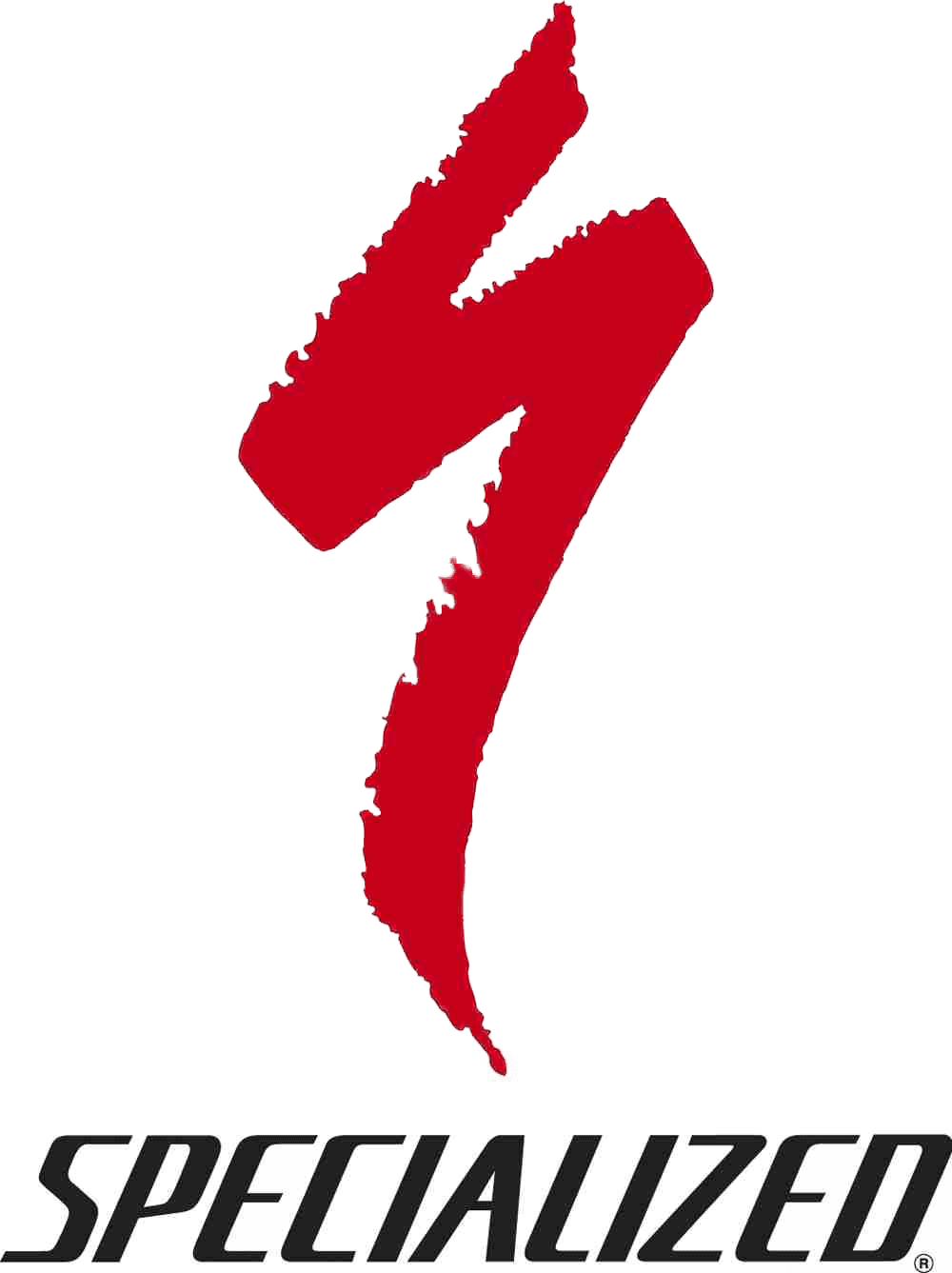


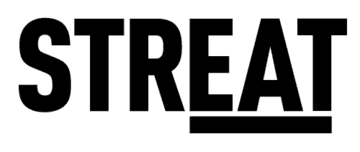
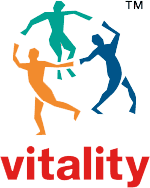
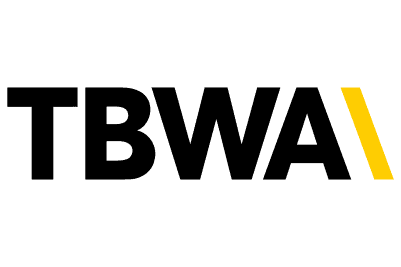
We often hear from people like yourself, who are looking for an office cleaning provider,
The 3 most sought after qualities are
We have systems in place to ensure that each element is carefully taken care of.
We are here to help you identify your challenges and understand what is important for you.
Our team of experienced cleaning professionals will come up with a system that is tailor made for you.
Our professional teams service the following suburbs Abbotsford, Albert Park , Brunswick, Brunswick East, Carlton, Carlton North, Clifton Hill, Collingwood, Cremorne, Docklands, East Melbourne, Fitzroy, Fitzroy North, Flemington, Footscray, Kensington, Melbourne, Middle Park, North Melbourne, Parkville, Prahran, Princess Hill, Port Melbourne, Richmond, Seddon, South Melbourne, South Yarra, Southbank, West Melbourne, Windsor and Yarraville
We want to solve the right problems at the right price. Based on our experience, our clients told us that its important to have good communication, flexibility, trust and confidence on the cleaners. These are the values you received for your office cleaning.
The number of staff in your office will determine how often your office needs to be cleaned. Below are a table as guideline for your reference. A specific pricing will be provided after onsite visit.
| Number of employees VS number of cleaning visits | Estimated Price |
|---|---|
| (1- 7 people) 1 Day / week | from $500.00 + GST / month |
| (8 - 14 people) 2 Days / week | from $800.00 + GST / month |
| (15 - 21 people) 3 Days / week | from $1,200.00 + GST / month |
| (22 - 28 people) 4 Days / week | from $1,600.00 + GST / month |
| (>35 people) 5 Days / week | from $1,950.00 + GST / month |



As a general rule of thumb, to maintain hygiene and balance cost, we calculate per every 7 people = 1 cleaning day per week. Please see our below guideline for this:
< 7 people = 1 day cleaning per week
14 people = 2 days cleaning per week
21 people = 3 days cleaning per week
28 people = 4 days cleaning per week
> 35 people = 5 days cleaning per week.
Here is an interesting video that shows how germs can spread in an office of just 5 people without even touching each other.
This article is about the Australian city. For the city centre or central business district (CBD), see Melbourne central business district. For the local government area in which the Melbourne City Centre is situated, see City of Melbourne. For other uses, see Melbourne (disambiguation).
| Melbourne
Naarm
|
|||||||||
|---|---|---|---|---|---|---|---|---|---|
|
From top, left to right: Melbourne skyline, Flinders Street Station, Shrine of Remembrance, Melbourne Cricket Ground, Royal Exhibition Building, Princes Bridge with Federation Square and St Paul’s Cathedral.
|
|||||||||
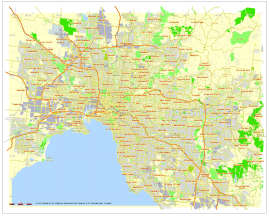
Map of Melbourne, Australia, printable and editable
|
|||||||||
| Coordinates | 37°49′S 144°58′ECoordinates: 37°49′S 144°58′E | ||||||||
| Population | 5,096,298 (2021)[1] (2nd) | ||||||||
| • Density | 509.987/km2 (1,320.86/sq mi) | ||||||||
| Established | 30 August 1835 | ||||||||
| Elevation | 31 m (102 ft) | ||||||||
| Area | 9,993 km2 (3,858.3 sq mi)(GCCSA)[2] | ||||||||
| Time zone | AEST (UTC+10) | ||||||||
| • Summer (DST) | AEDT (UTC+11) | ||||||||
| Location | |||||||||
| LGA(s) | 31 Municipalities across Greater Melbourne | ||||||||
| County | Grant, Bourke, Mornington | ||||||||
| State electorate(s) | 55 electoral districts and regions | ||||||||
| Federal division(s) | 23 Divisions | ||||||||
|
|||||||||
Melbourne (/ˈmɛlbərn/ (![]() listen) MEL-bərn)[note 1] (Boonwurrung: Naarm)[9][10][11] is the capital and most-populous city of the Australian state of Victoria, and the second-most populous city in both Australia and Oceania. Its name generally refers to a 9,993 km2 (3,858 sq mi) metropolitan area known as Greater Melbourne,[12] comprising an urban agglomeration of 31 local municipalities,[13] although the name is also used specifically for the local municipality of City of Melbourne based around its central business area. The city occupies much of the northern and eastern coastlines of Port Phillip Bay and spreads into the Mornington Peninsula and the hinterlands towards the Yarra Valley and the Dandenong and Macedon Ranges. It has a population over 5-million (19% of the population of Australia, as per 2020), mostly residing to the east side of the city centre, and its inhabitants are commonly referred to as “Melburnians”.[note 2]
listen) MEL-bərn)[note 1] (Boonwurrung: Naarm)[9][10][11] is the capital and most-populous city of the Australian state of Victoria, and the second-most populous city in both Australia and Oceania. Its name generally refers to a 9,993 km2 (3,858 sq mi) metropolitan area known as Greater Melbourne,[12] comprising an urban agglomeration of 31 local municipalities,[13] although the name is also used specifically for the local municipality of City of Melbourne based around its central business area. The city occupies much of the northern and eastern coastlines of Port Phillip Bay and spreads into the Mornington Peninsula and the hinterlands towards the Yarra Valley and the Dandenong and Macedon Ranges. It has a population over 5-million (19% of the population of Australia, as per 2020), mostly residing to the east side of the city centre, and its inhabitants are commonly referred to as “Melburnians”.[note 2]
The area of Melbourne has been home to Aboriginal peoples for over 40,000 years and serves as an important meeting place for local Kulin nation clans.[16] Of the five peoples of the Kulin nation, the traditional owners of the land encompassing Melbourne are the Boon wurrung and the Wurundjeri peoples. The name Naarm is commonly used by the broader Aboriginal community to refer to the city, stemming from the traditional Boonwurrung name for Port Phillip Bay.[17]
A short-lived penal settlement was built at Port Phillip, then part of the British colony of New South Wales, in 1803, but it was not until 1835, with the arrival of free settlers from Van Diemen’s Land (modern-day Tasmania), that Melbourne was founded.[16] It was incorporated as a Crown settlement in 1837, and named after the then British Prime Minister, William Lamb, 2nd Viscount Melbourne.[16] In 1851, four years after Queen Victoria declared it a city, Melbourne became the capital of the new colony of Victoria.[18] During the 1850s Victorian gold rush, the city entered a lengthy boom period that, by the late 1880s, had transformed it into one of the world’s largest and wealthiest metropolises.[19][20] After the federation of Australia in 1901, it served as the interim seat of government of the new nation until Canberra became the permanent capital in 1927.[21] Today, it is a leading financial centre in the Asia-Pacific region and ranks 23rd globally in the 2021 Global Financial Centres Index.[22]
Melbourne is home to many of Australia’s best-known landmarks, such as the Melbourne Cricket Ground, the National Gallery of Victoria and the World Heritage-listed Royal Exhibition Building. Noted for its cultural heritage, the city gave rise to Australian rules football, Australian impressionism and Australian cinema, and has more recently been recognised as a UNESCO City of Literature and a global centre for street art, live music and theatre. It hosts major annual international events, such as the Australian Grand Prix and the Australian Open, and also hosted the 1956 Summer Olympics and the 2006 Commonwealth Games, and will host the 2026 Commonwealth Games, along with a number of regional areas of Victoria. It was host to the 1880 World’s Fair. Melbourne consistently ranked as the world’s most liveable city for much of the 2010s.[23]
Melbourne Airport, also known as the Tullamarine Airport, is the second-busiest airport in Australia, and the Port of Melbourne is the nation’s busiest seaport.[24] Its main metropolitan rail terminus is Flinders Street station and its main regional rail and road coach terminus is Southern Cross station. It also has Australia’s most extensive freeway network and the largest urban tram network in the world.[25]
Melbourne ( (listen) MEL-bərn) (Boonwurrung: Naarm) is the capital and most-populous city of the Australian state of Victoria, and the second-most populous city in both Australia and Oceania. Its name generally refers to a 9,993 km2 (3,858 sq mi) metropolitan area known as Greater Melbourne, comprising an urban agglomeration of 31 local municipalities, although the name is also used specifically for the local municipality of City of Melbourne based around its central business area. The city occupies much of the northern and eastern coastlines of Port Phillip Bay and spreads into the Mornington Peninsula and the hinterlands towards the Yarra Valley and the Dandenong and Macedon Ranges. It has a population over 5-million (19% of the population of Australia, as per 2020), mostly residing to the east side of the city centre, and its inhabitants are commonly referred to as "Melburnians".The area of Melbourne has been home to Aboriginal peoples for over 40,000 years and serves as an important meeting place for local Kulin nation clans. Of the five peoples of the Kulin nation, the traditional owners of the land encompassing Melbourne are the Boon wurrung and the Wurundjeri peoples. The name Naarm is commonly used by the broader Aboriginal community to refer to the city, stemming from the traditional Boonwurrung name for Port Phillip Bay.A short-lived penal settlement was built at Port Phillip, then part of the British colony of New South Wales, in 1803, but it was not until 1835, with the arrival of free settlers from Van Diemen's Land (modern-day Tasmania), that Melbourne was founded. It was incorporated as a Crown settlement in 1837, and named after the then British Prime Minister, William Lamb, 2nd Viscount Melbourne. In 1851, four years after Queen Victoria declared it a city, Melbourne became the capital of the new colony of Victoria. During the 1850s Victorian gold rush, the city entered a lengthy boom period that, by the late 1880s, had transformed it into one of the world's largest and wealthiest metropolises. After the federation of Australia in 1901, it served as the interim seat of government of the new nation until Canberra became the permanent capital in 1927.
CBD, Fishermans Bend, Jolimont, Westgarth, Clayton North, Karingal, Kerrimuir, Coode Island, North Brighton, Black Rock North, Heatherdale, Black Springs, Auburn, Pakenham East, NewQuay, Mont Park, Saint Kilda, East Melbourne, West Melbourne, South Yarra, Parkville
We have a difficult site and Ivan and his team always make sure that our site is clean and very professional. Lovely staff get sent to our site with a great attitude and happy to work with us if there is ever an issue. Recommended highly. Irene Atlas Waste and Recycling Management
Ivan and the team are a pleasure to work with; fast, detail oriented, and great to communicate with. Looking forward to a successful partnership!
Whistle Clean Australia has to be one of the best commercial and office cleaning service providers in Melbourne. I worked with Whistle clean Australia for just over 2 years, before I had to move from Melbourne and it was one of the best working experiences I have had. Even though I had worked with many other cleaning companies, none of them had as good working environment as Whistle Clean Australia. All of the team members in Whistle Clean are like family and are very friendly, responsive, and respectful of everyone. They are all great cleaners but most importantly they are all amazing human beings inside out. The cleaning standards are very high at Whistle Clean Australia and all of the chemicals used by the cleaners are Eucalyptus based chemicals which aren't as harmful as cleaning chemicals to people. From office cleaning to childcare/kindergarten cleaning, the high cleaning standards are always maintained. It was very hard to say goodbye to Whistle Clean Australia team, but I hope to get to work with them again in the future, if I move back to Melbourne. I would definitely recommend Whistle Clean Australia, if someone's looking for great consistent commercial cleaning and office cleaning services. They truly are the best in town.
It was a best experience working in Whistle Clean. The working environment is very good. How my boss treated me and staffs with warmth and respect was very incredible. Whistle Company Australia prioritised the client's needs at upmost and whenever there was a complain, they would work on it immediately. Another thing which really stands out of Whistle Clean Australia is the use of organic chemicals. these chemicals not only smells good but they are environment and human friendly. I would recommend Whistle Clean Australia to everyone to choose as their cleaning company or to work there.
Cleaning services provided by Whistle Clean Australia is professional and reliable in various offices and childcare.